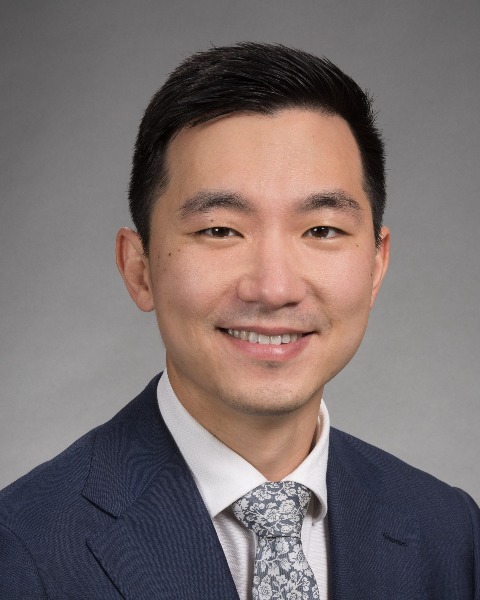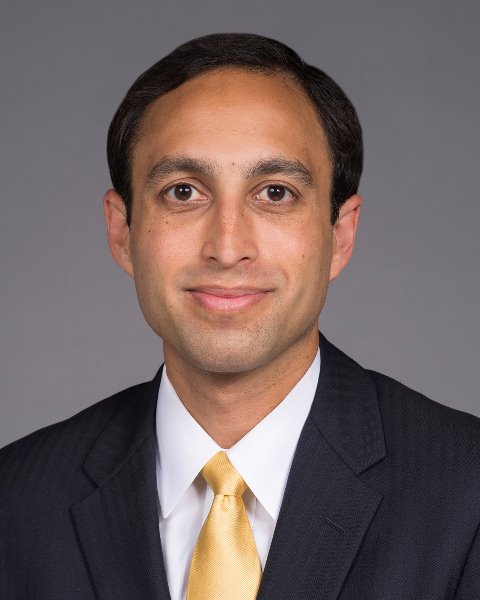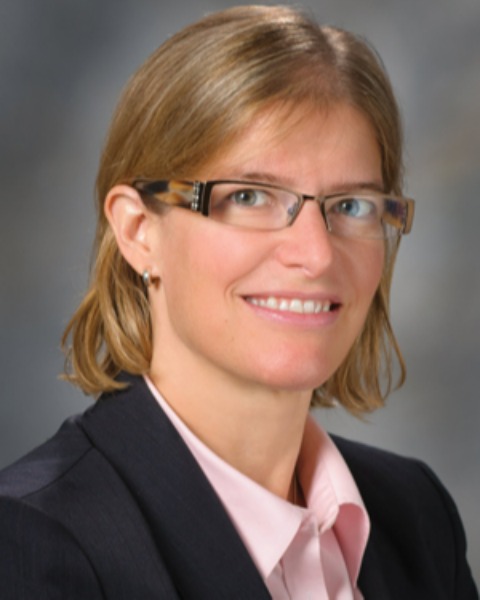Upper Gastrointestinal (lips to ileocecal valve, including esophagus and stomach)
E470: VirMAP for Cancer: Characterization of the intratumoral virome in virally-associated cancers and a resource for investigators

Yongwoo David Seo, MD
Fellow, Complex General Surgical Oncology
MD Anderson Cancer Center
Houston, Texas, United States
Yongwoo David Seo, MD
Fellow, Complex General Surgical Oncology
MD Anderson Cancer Center
Houston, Texas, United States
Yongwoo David Seo, MD
Fellow, Complex General Surgical Oncology
MD Anderson Cancer Center
Houston, Texas, United States
Neal Bhutiani, M.D.
Fellow, Colorectal Surgery
Department of Colon & Rectal Surgery, The University of Texas MD Anderson Cancer Center, Houston TX, USA
Houston, Texas, United States- MW
Matthew Wong, BS
Sr. Scientific Applications Specialist
MD Anderson Cancer Center, United States - AD
Ashish V. Damania, MS
Associate Data Scientist, Genomic Medicine
The University of Texas MD Anderson Cancer Center, United States - GM
Golnaz Morad, DDS, PhD
Postdoctoral Fellow
MD Anderson Cancer Center, United States - ML
Matthew Lastrapes, BS
PhD Candidate
MD Anderson Cancer Center, United States - AL
Alexander Lazar, MD, PhD
Professor, Department of Pathology
MD Anderson Cancer Center, United States 
Jennifer Wargo, MD MMsC
Surgical Oncology and Genomic Medicine
MD Anderson Cancer Center
Houston, Texas, United States- NA
Nadim Ajami, PhD
Director of Scientific Research for PRIME TR
MD Anderson Cancer Center, United States
ePoster Abstract Author(s)
Submitter(s)
Author(s)
A major barrier to understanding the role of viruses in cancer progression has been the lack of sensitivity of current tools to assemble viral genomes in an untargeted way. Here, we utilize our novel VirMAP algorithm to identify eukaryotic and prokaryotic viruses associated with cancers, using RNA sequencing data from The Cancer Genome Atlas (TCGA).
Methods:
VirMAP was used to analyze TCGA RNA-Seq data derived from 32 primary tumor tissues. Previously published survival data were matched with viral signatures for exploratory analysis. Overall survival (OS) was assessed using the Kaplan-Meier method, and p-values were calculated using log-rank test. Multivariate analysis (MVA) was done using the Cox proportional hazards model to control for age, sex, stage, and cancer type.
Results:
Mean viral sequence recovery rate (among 2.56 trillion sequencing reads from 9836 patients) was 0.013% from 32 tumor types. Cancers with high viral loads such as cervical cancer demonstrated high recovery rates (0.0134% of all sequencing reads mapped to viral taxa, followed by 0.0094% for liver, 0.0021% for head and neck squamous cell, 0.0019% for stomach, 0.0013% for esophageal, and 0.0002% for ovarian). There was a wide range of viral signature richness, with cervical cancer showing the highest viral read count predominated by HPV serotypes; in contrast, stomach cancer had lower abundance but contained over 300 unique viral taxa.
In stomach cancer, patients often had more than one viral taxon present (mean 3.7, range 0-18); presence of seven or more unique taxa predicted worse OS (median OS 403 days vs 1153, p=0.0001). MVA showed HR of 1.1 for every additional taxon (p=0.0004). Across all 32 tumor types, the detection of bacteriophage virus was associated with worse OS (1247 days vs. 2534 days for non-phage virus and 365 days for no virus, p< 0.0001). MVA demonstrarted HR of 1.6 for death in patients with bacteriophage virus detected versus no virus (95% confidence interval [CI] 1.5-1.8, p< 0.0001), and a HR of 1.3 for bacteriophage virus versus non-phage virus (95% CI 1.1-1.5, p=0.0006).
Conclusions:
VirMAP performs deep characterization of the tumor-associated virome in both high and low abundance settings, with generation of partial genome reconstructions and strain level taxonomic classification including bacteriophages. Utilizing publicly available platforms such as TCGA, clinical and correlative published data can be leveraged to better understand the nuanced pleotropic effects of the tumor virome, such as presence of bacteriophages, on cancer outcomes.
Learning Objectives:
- Describe novel methodologies being explored for high throughput viral sequencing
- the viral signatures associated with worse survival across cancer types
- understand the heterogeneity of viral penetration in abundance and taxonomic diversity across cancer types
